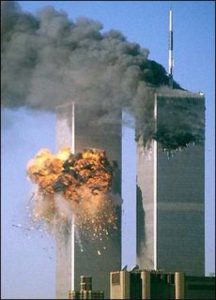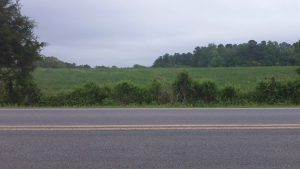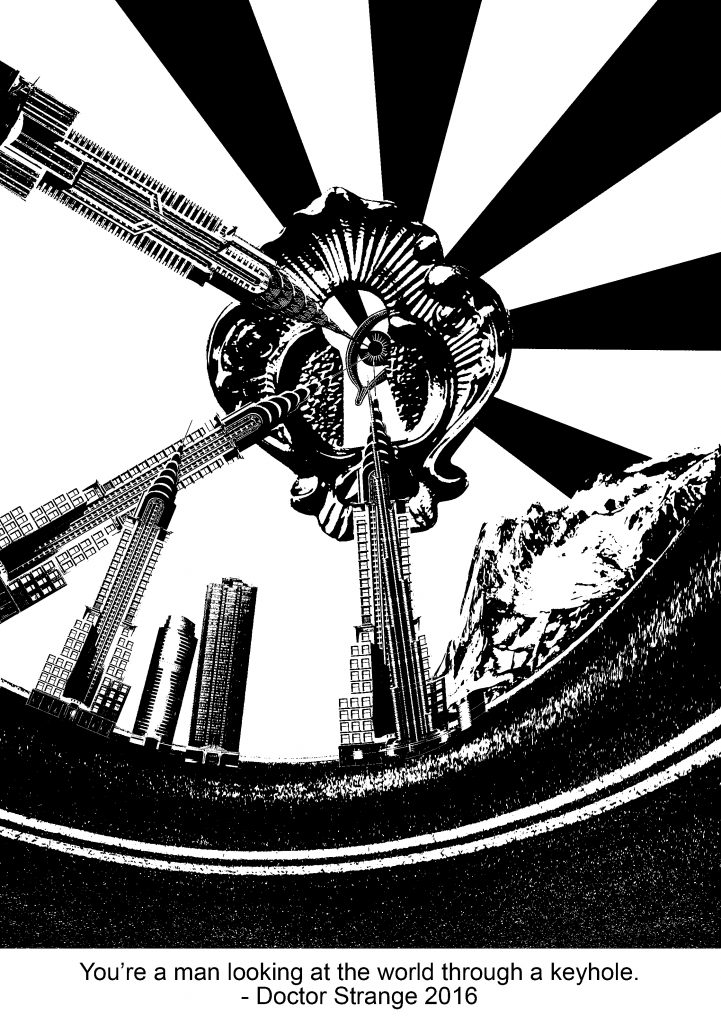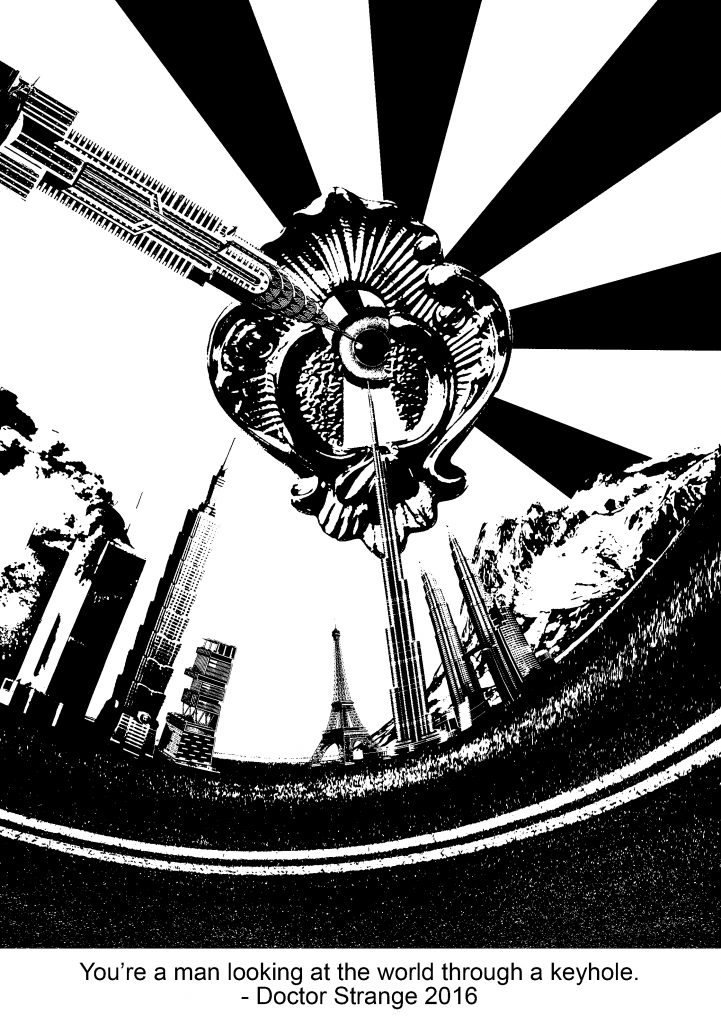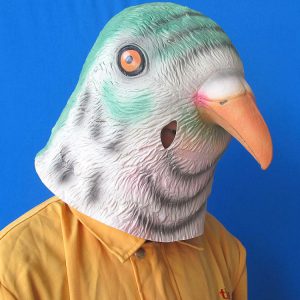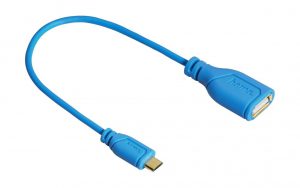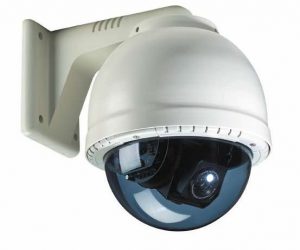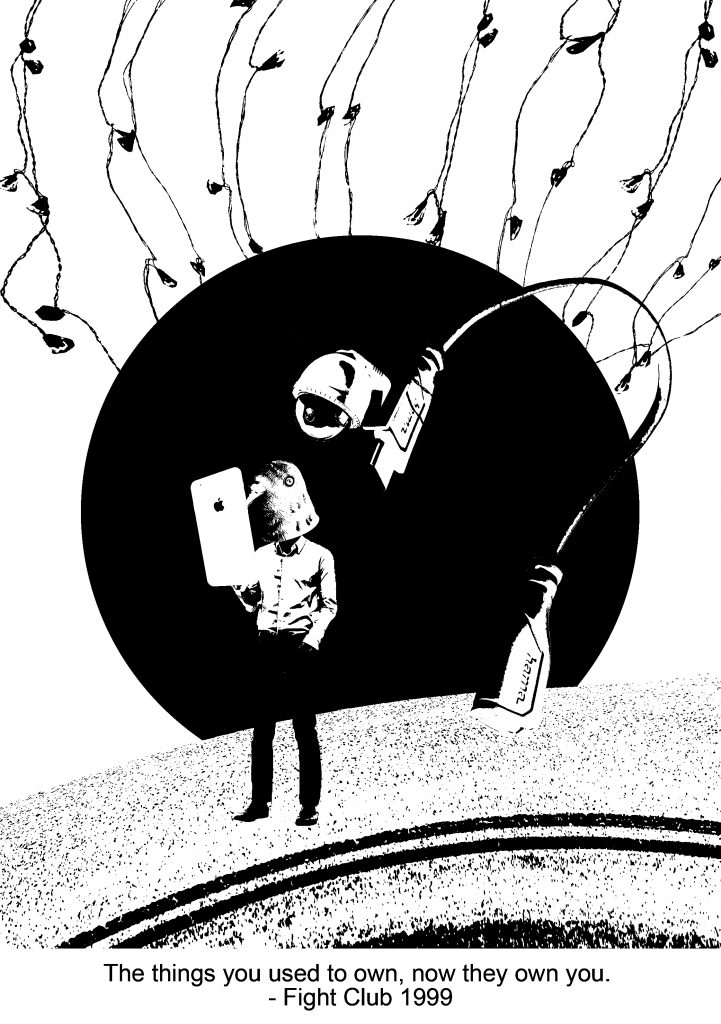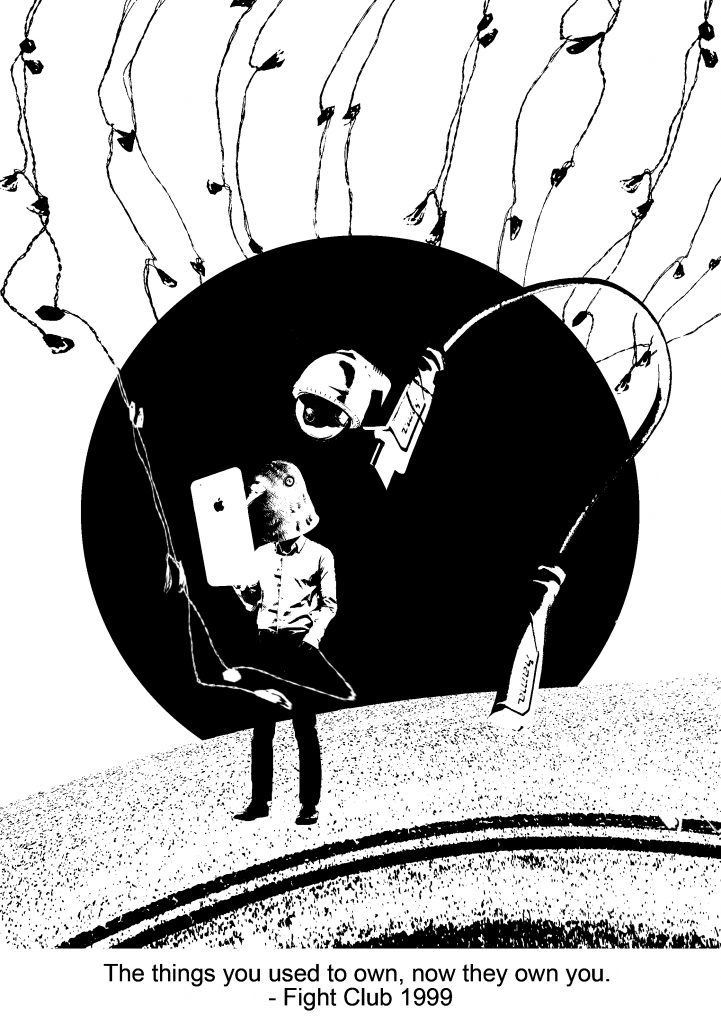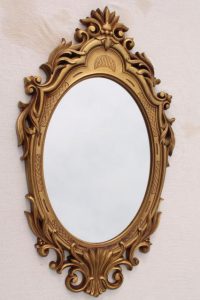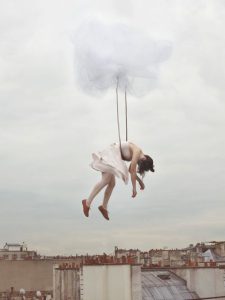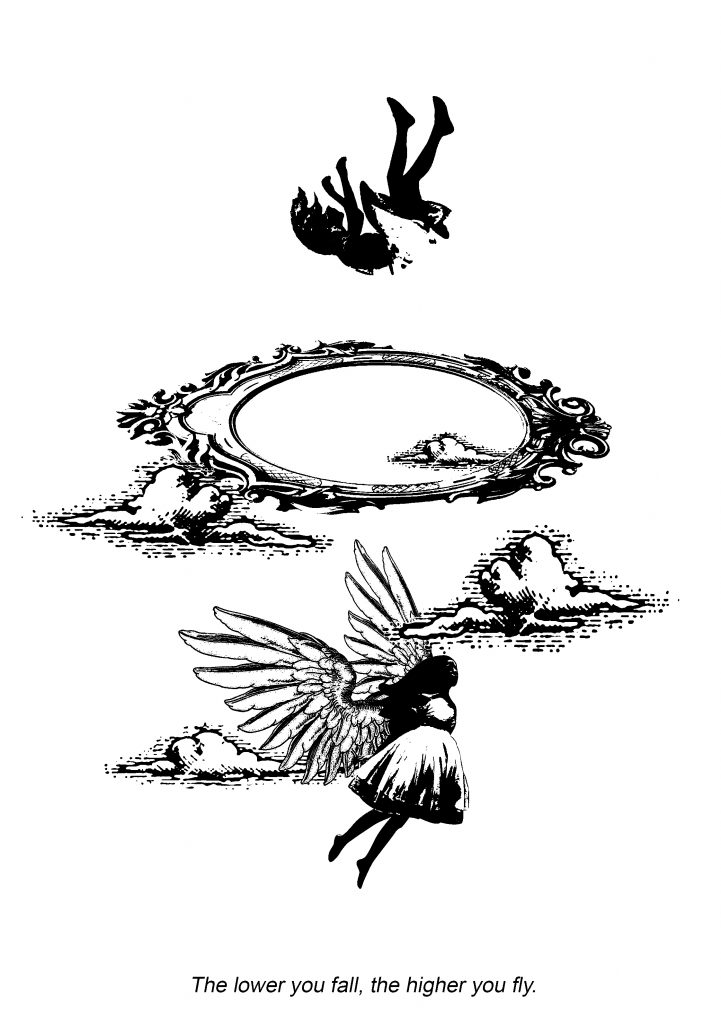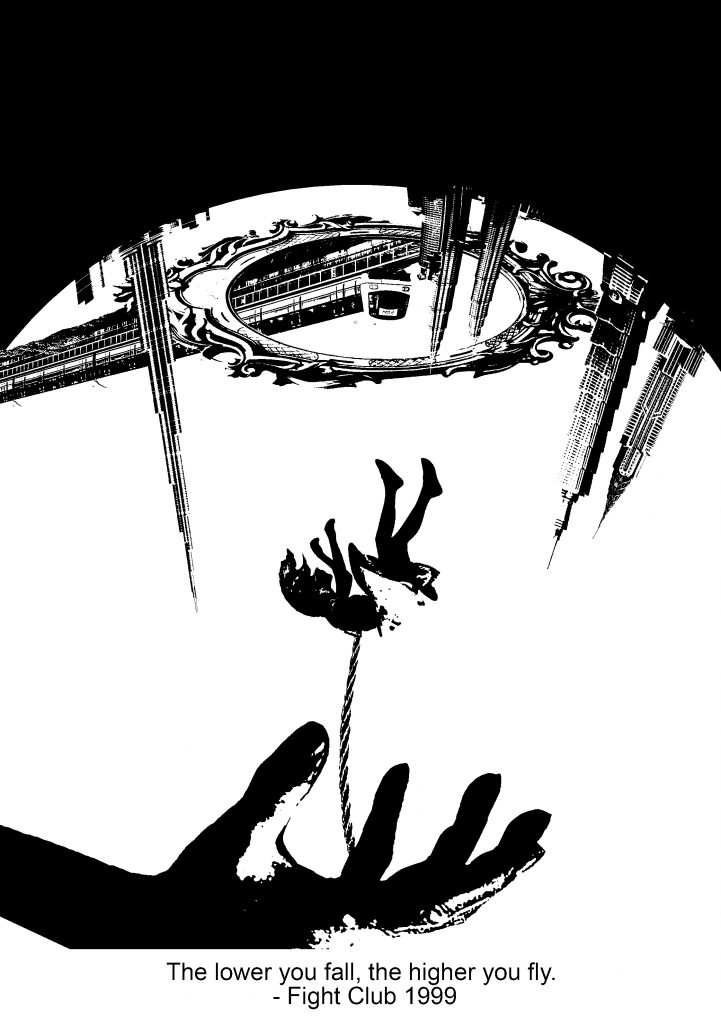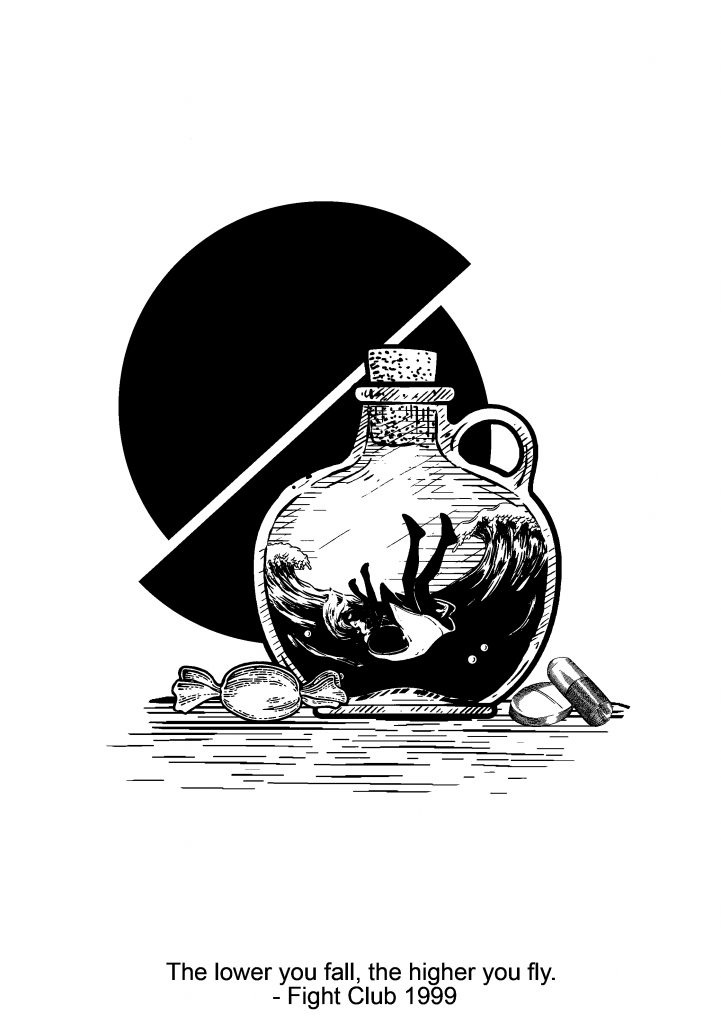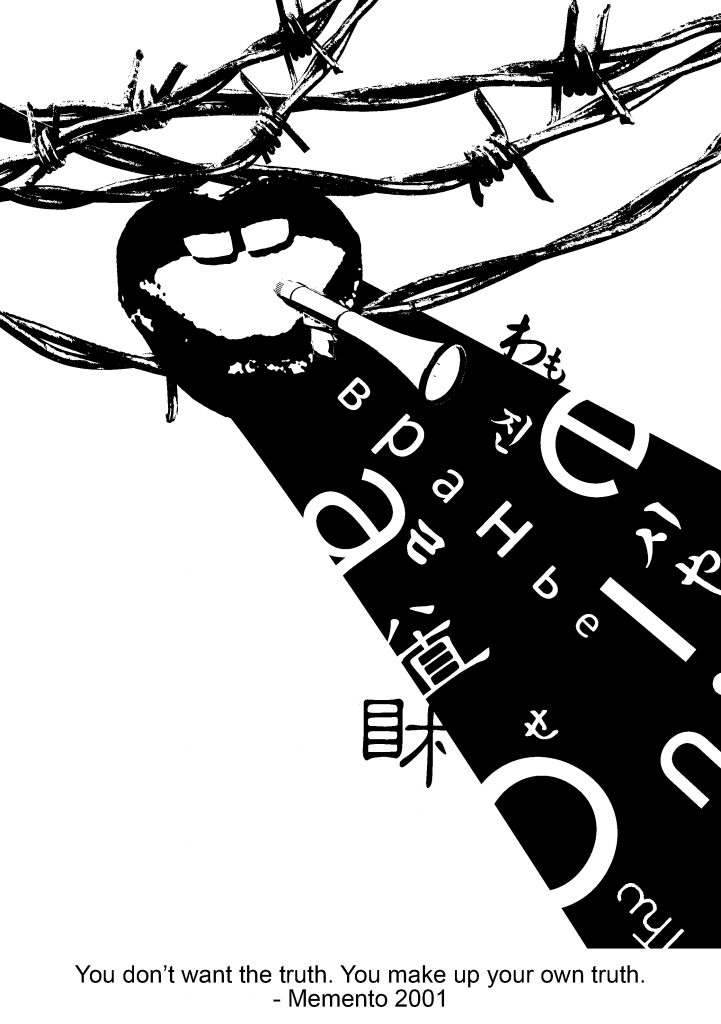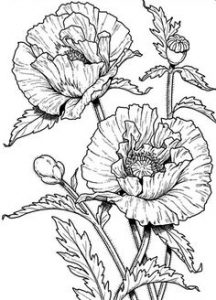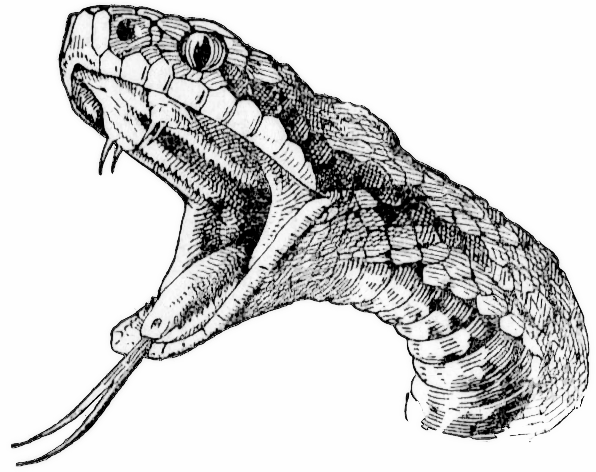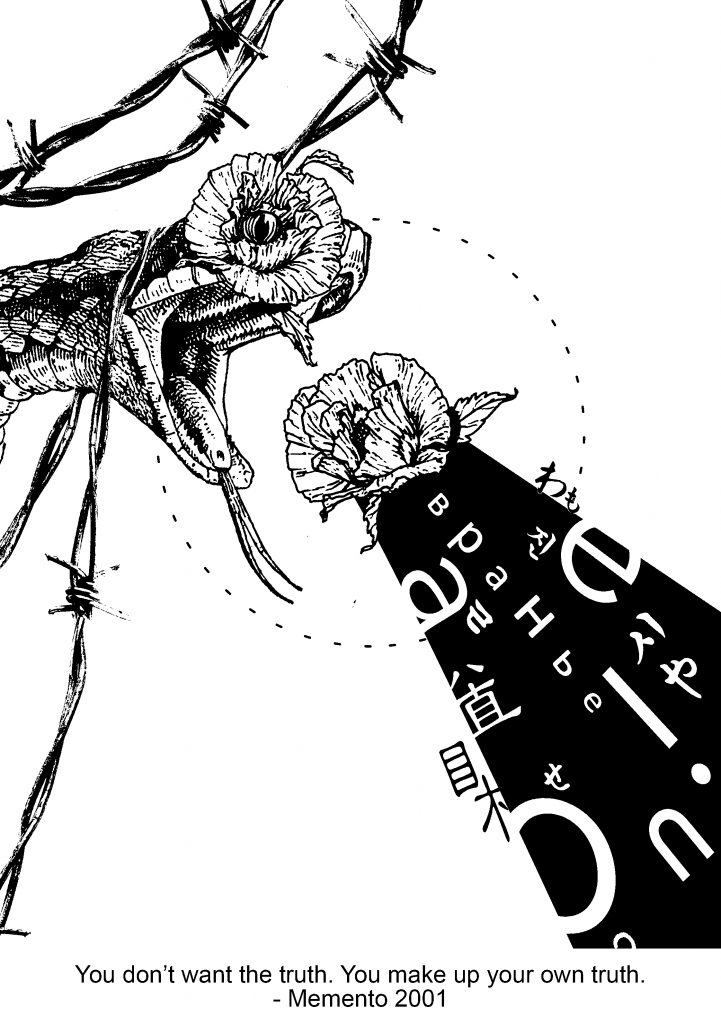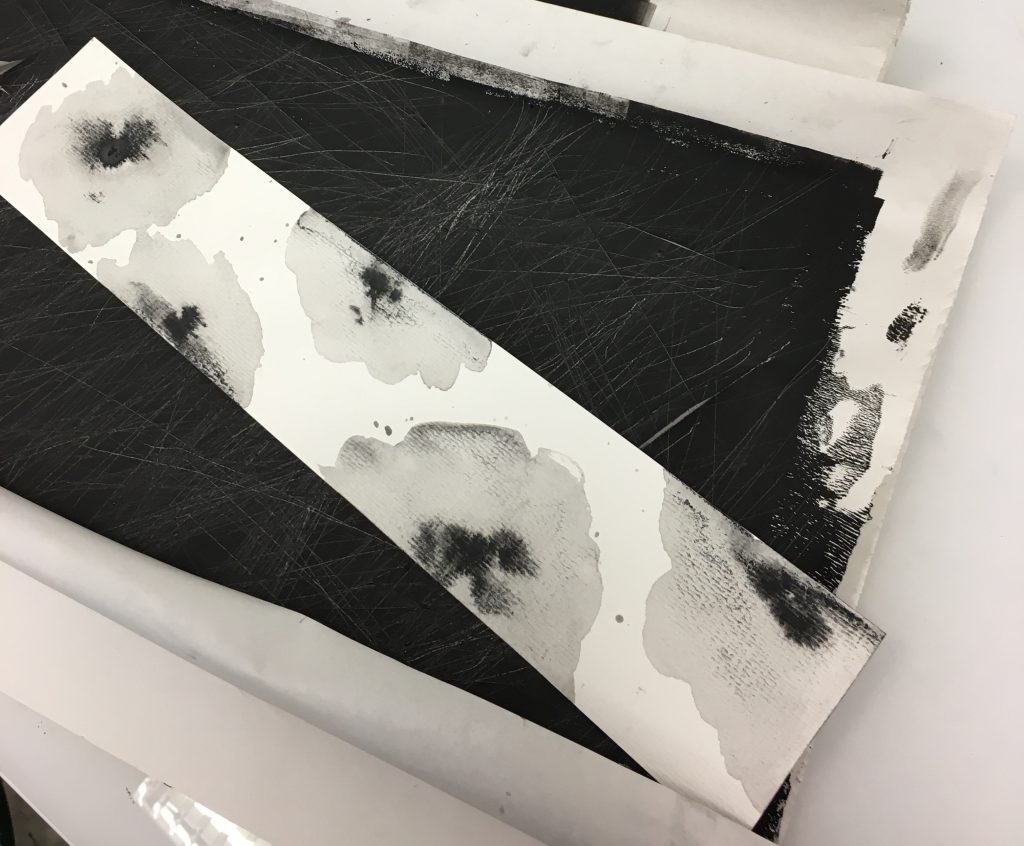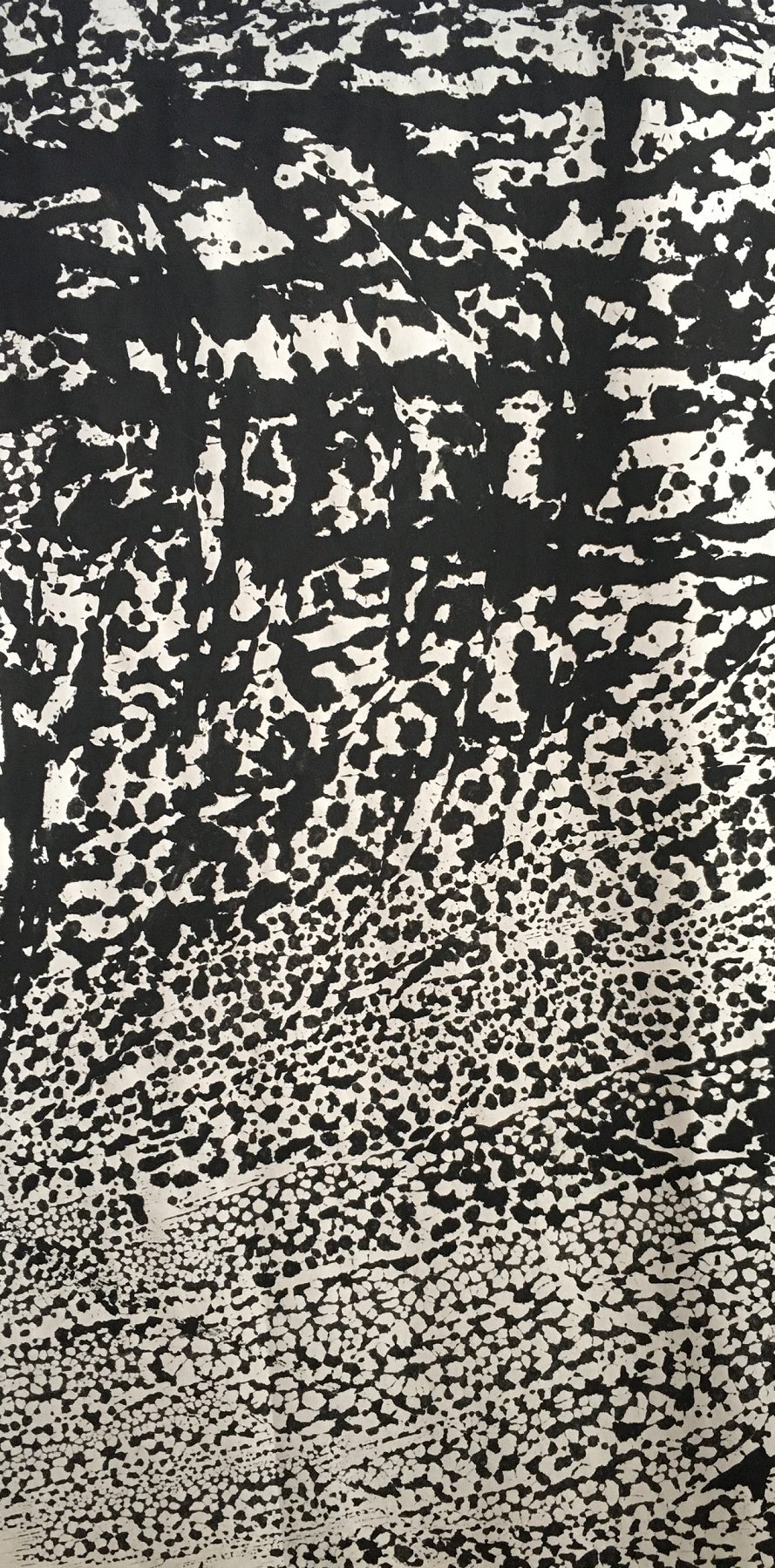As mentioned in the previous post on my artist research, I was inspired by the manipulation of daily objects into something quirky and fun. As this project allowed the freedom of using any medium to portray myself as an equation, “Me + Environment = _________”, I thought that it would be fun to create illustrations with a tinge of lightheartedness.
IDEATION OF EQUATIONS
Me + Environment = __________
- Distracted + Work piling up = Drowning in work
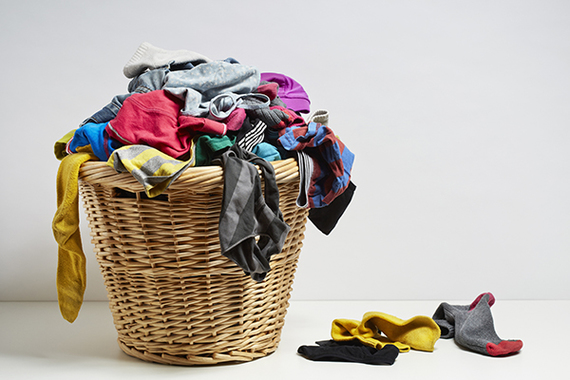 |
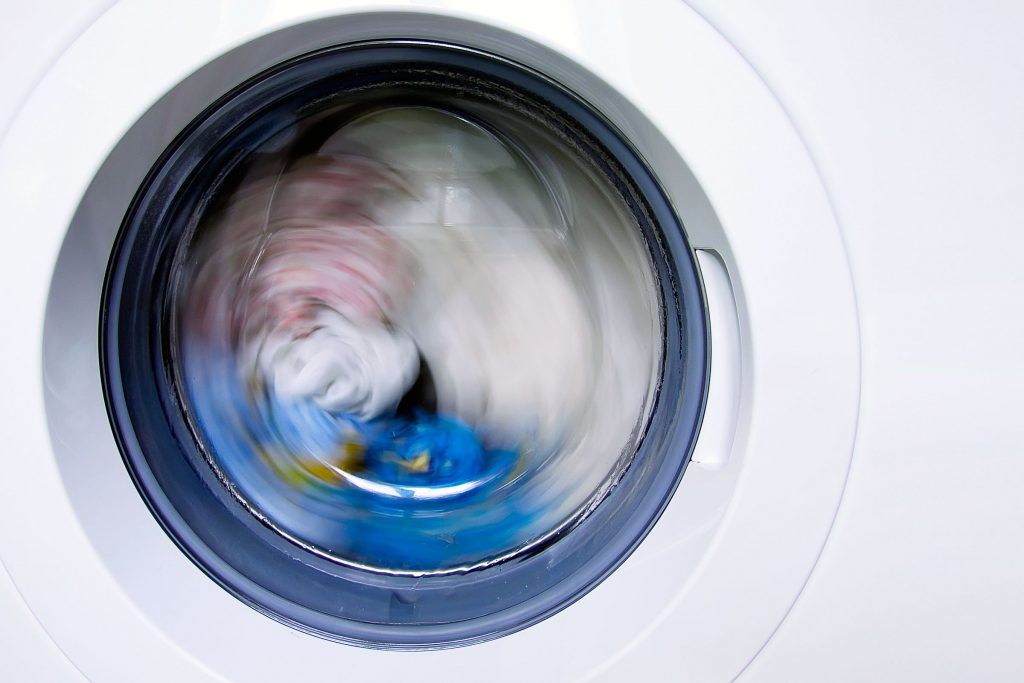 |
| Work piling up | Drowning in work |
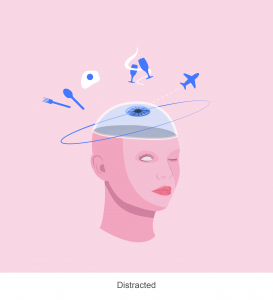 |
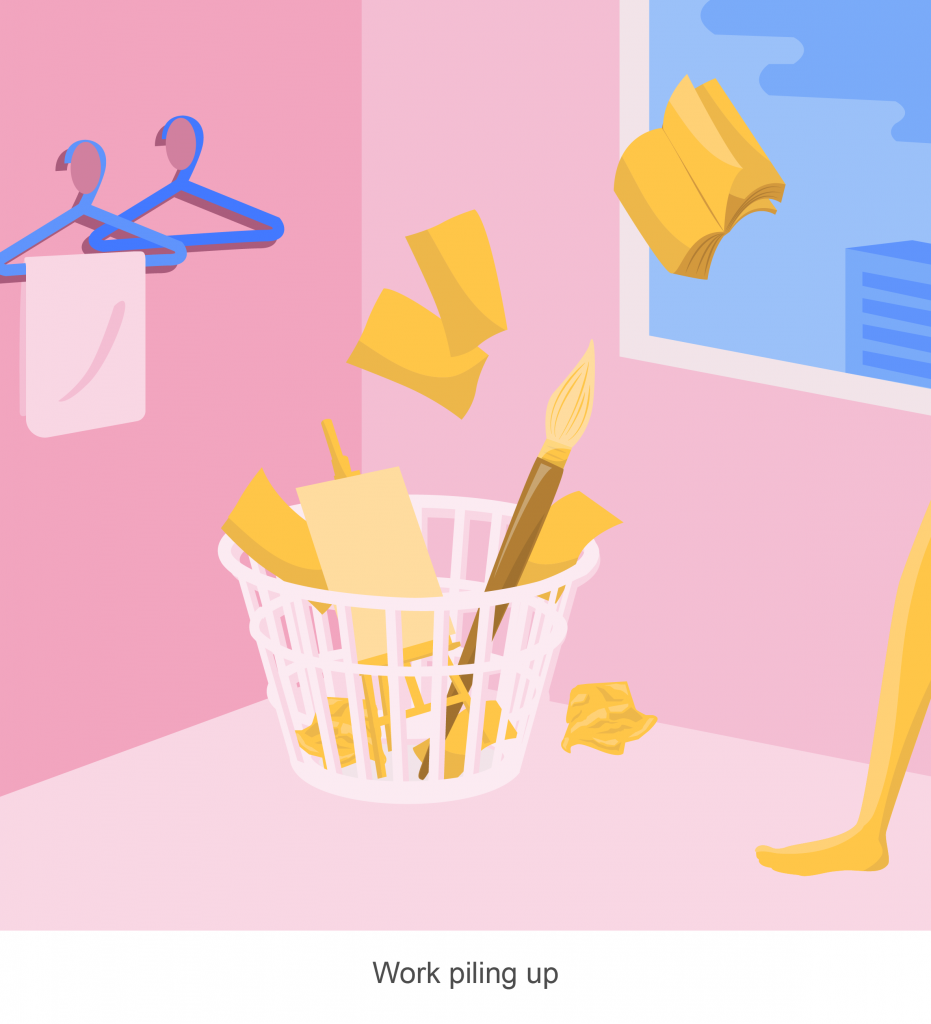 |
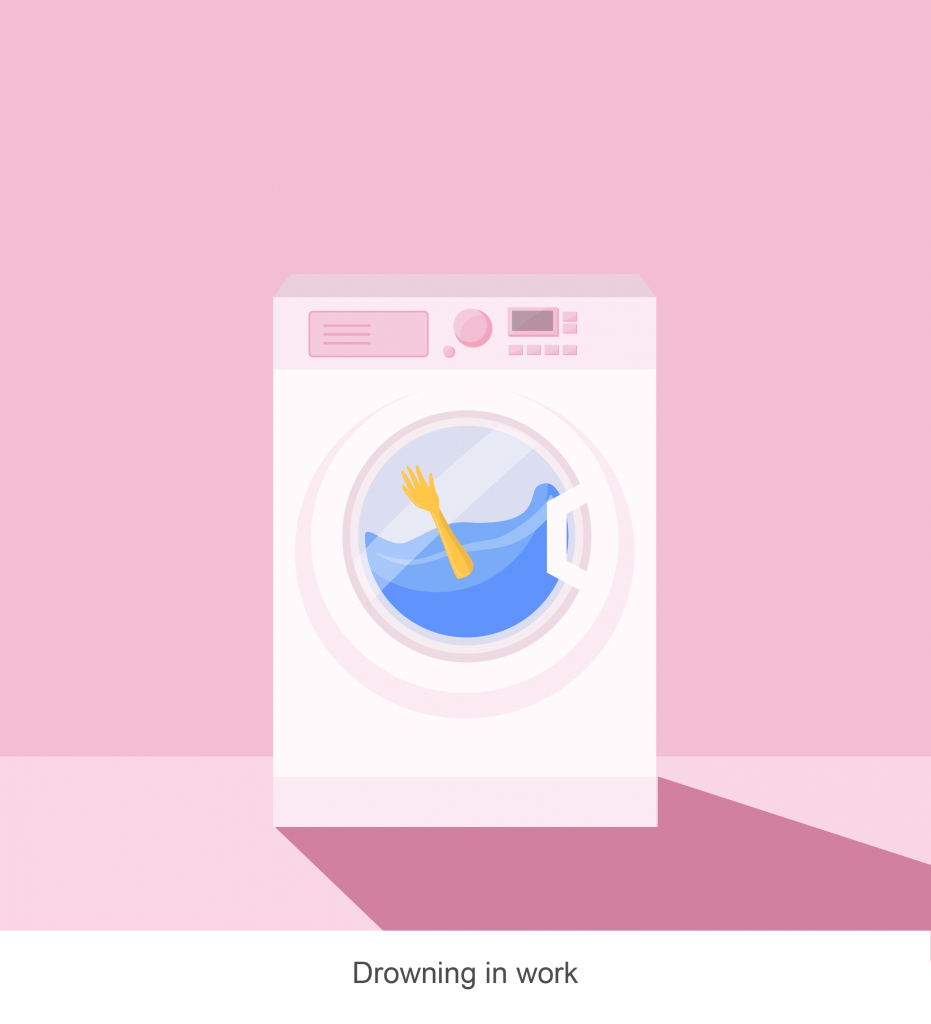 |
For this equation, I’ve placed my current state into a “laundry/home” context. Just like how the laundry is being piled up at days, I wanted to portray how my work (especially during this submission week), is being piled up and there can never be an end to it. “Drowning in work” in the last box refers to myself, having to juggle so many things in life, to cope with my work and to also have a life. The mixed emotions are whatever that’s in the washing machine, spinning round and round, and overall, depicting me overwhelmed by work.
TRIAD
![]()
Initially, I planned to use these 2 colours just because I personally preferred it. However, after consultation, Joy mentioned that although it may fall into the split complementary colour rule, it might be even better to use another colour – to create triad colours – so as to bring focus to come objects in the composition as well.
![]()
Thus, I’ve added yellow. As seen in the first row, the second and 3rd design had yellows in them, bringing focus to the sheets of paper in the laundry basket and also the hand in the washing machine.
2. Naive + “Us against the world” delusion = Kintsugi ; the art of broken pieces
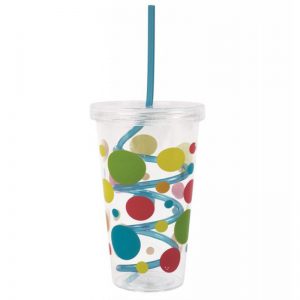 |
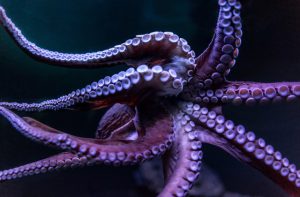 |
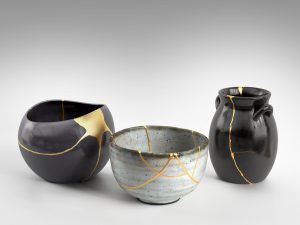 |
| Naive | “Us against the world” delusion | Kintsugi ; the art of broken pieces |
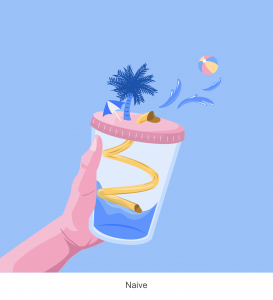 |
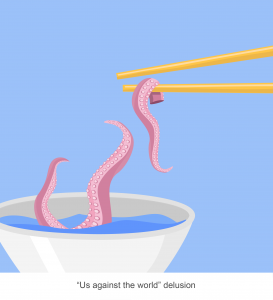 |
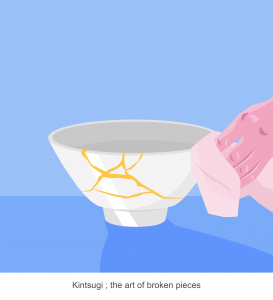 |
This equation is entirely inspired by Kintsugi, a Japanese art form which mixed liquid gold and lacquer to repair broken ceramic pieces. They believed that there is beauty in the broken pieces being repaired. And true enough, the pieces after being repaired are breathtaking.
Naive me once believed that I could do anything in this world, with the people I love. But, growing up and life experiences have taught me the opposite – to be practical and set realistic goals. Thus, I came up with this equation to portray the falls in life as a beginning of something even better.
For the first design, Naive, I took an ordinary child’s cup with a swirly straw and replaced it with a water slide. By adding a beach landscape to it, I felt that it changed the entire dynamics of the cup as it is now, a playground. Being young and naive tends to also be associated with an imaginative and cheerful mindset – something which I want to incorporate in the design.
The first thought that came into my mind for the second design was a “me vs. monsters” kind of idea. As seen in games, or in surrealistic images, I want to portray myself being in that non-fictional/delusional state, where all these “monsters” refers to the bad things in life. Thus, the octopus reaching out to the chopsticks.
Lastly, an image of a repaired bowl and a hand wiping it shows the aftermath of the first 2 images – everything that happens in life, will make you better. Those cracks aren’t flaws but it symbolizes the experiences that one has gone through.
3. Masking emotions + Society = Social persona
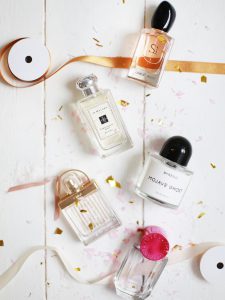 |
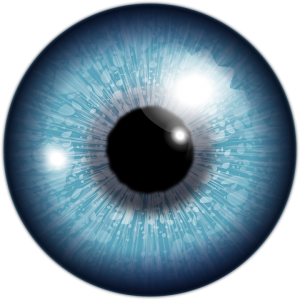 |
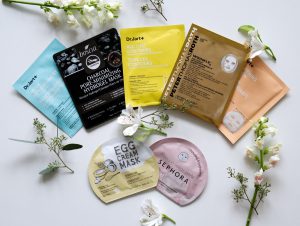 |
| Masking emotions | Society | Social persona |
 |
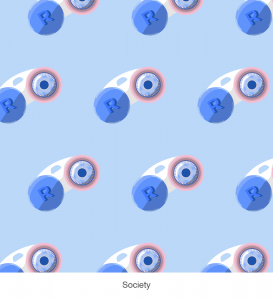 |
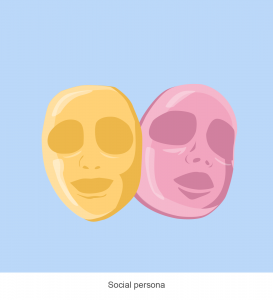 |
For this equation, I’ve used cosmetics as a theme.
Masking emotions, to me, is just like spraying perfume, where we cover ourselves with a scent, but in this case, with a particular emotion.
For the second design, society is being portrayed as multiple contact lenses. The idea of this is to objectify the ordinary masses views and perceptions as I feel that in today’s society, there are many redundant and ridiculous views which are made by the public. As a result, people have to conform to society’s expectations.
By conforming to society’s expectations, my very own social persona is created. Portrayed by different facial masks, I adopt a different persona in different settings. For example, when I am working, when I am with my family, or when I am in school.
After consulting Joy, she mentioned that the words “calm”, “poised” and “impassive”, made the design too literal and I should work towards it having more space for viewer’s own interpretation of it.
4. Sticking to old ways + Opportunities = Seized opportune moment (Work in progress)
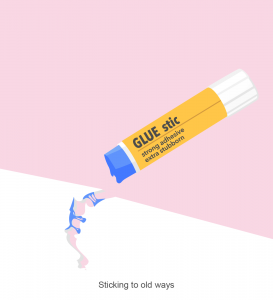 |
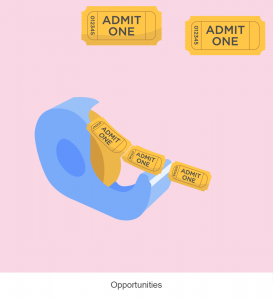 |
 |
I used stationery items to portray this equation. However, I felt that this equation seemed a little off as “sticking to old ways” contradicts with “seized opportune moments”, because, as a result of me being stubborn, I wouldn’t seize any opportunities. Also, from the consultation, the paper for the 1st box is not very apparent. The tickets in the 2nd box could also add a local context to it as compared to a generic “admit one” ticket as it does not entirely represent the opportunities which I want to portray.
